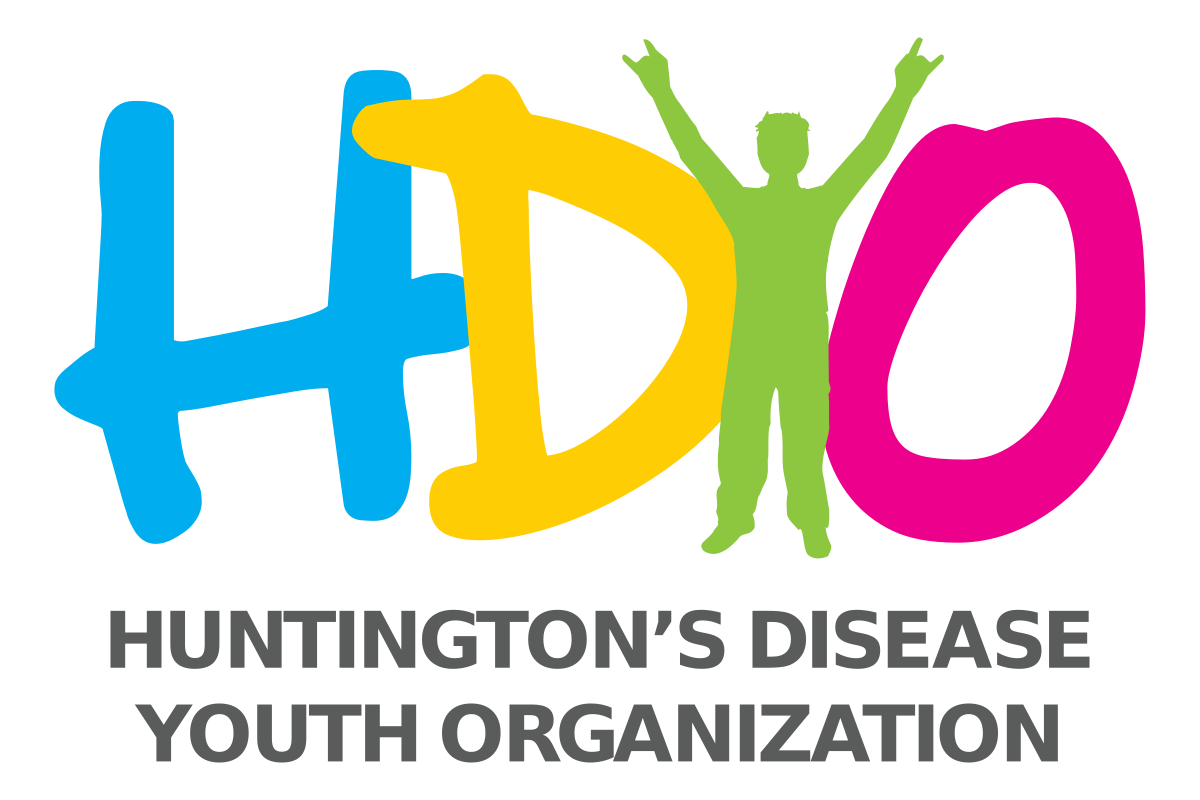Mental Health Toolkit
May 16, 2025

HDYO has more information about HD available for young people, parents and professionals on our site:
www.hdyo.org
*Reviewed by Education and Research Committees 2025
Introduction
Huntington’s Disease (HD) has profound implications for mental health, affecting not only those diagnosed but also at-risk individuals, caregivers, and family members. The psychological impacts of HD extend beyond the neurological symptoms, intertwining with trauma, emotional distress, and resilience. Addressing mental wellbeing within the HD community is critical.
Understanding Mental Health Challenges in the HD Community
Individuals impacted by HD can experience mental health concerns such as depression, anxiety, grief, isolation, mood swings, apathy, and even suicidal ideation.
Please refer to the articles here to understand the unique challenges for the gene-positive, gene-negative and at-risk communities.
Skills and Strategies
This toolkit is designed to equip professionals with practical skills and strategies to support individuals navigating HD-related mental health struggles. It is important to encourage individuals to practice these techniques regularly so they become familiar and can rely on them during times of need. Since each person’s experience with HD is unique, it’s also essential to explore and use techniques that resonate best with the individual. These are just a few helpful tools, and if someone is looking for additional strategies or resources, please feel free to reach out to us at info@hdyo.org for recommended articles, books, and support groups to help build a personalized and well-rounded mental health toolkit.
De-escalation techniques for anxiety and stress
- Recognizing early signs of distress: agitation, rapid breathing, fidgeting, or withdrawal. These may indicate an escalating stress response.
Grounding techniques to shift focus away from distress and back to the present moment. (e.g., 5-4-3-2-1 Method):
- Five things they can see
- Four things they can touch
- Three sounds they can hear
- Two things they can smell
- One thing they can taste
Guided breathing exercises:
- Box breathing: Inhale for four counts, hold for four, exhale for four, hold for four. Repeat as needed.
- 4-7-8 breathing: Inhale for four counts, hold for seven, exhale for eight. This helps regulate emotions and reduce stress.
Using validation and reassurance:
- Acknowledge feelings without judgment, e.g., “I can see you’re feeling overwhelmed. That’s completely understandable. Let’s take a moment together.”
Supporting Grief, Loss, and Survivor’s Guilt
Grief Processing Techniques
Identifying the different stages of grief. Recognizinge: denial, anger, bargaining, depression, and acceptance as natural emotional responses.
Journaling and memory-sharing exercises. Encouraging individuals to write about memories and emotions related to their loved one, and create a “legacy book” with pictures and messages.
Guided meditation for grief:
- Find a quiet space and focus on deep breathing.
- Visualize a safe place where they feel connected to their loved one.
- Allow emotions to surface, acknowledging them with compassion.
The grieving process with HD is ongoing, starting long before a loved one passes. Families face anticipatory grief while managing care, genetic uncertainty, and stigma.
For more information, you can consult this article and video on Loss and Bereavement:
Building Resilience Through Relaxation Techniques
Mindfulness and Stress-Reduction Techniques
Body scan meditation:
- Have the individual sit or lie down in a comfortable position.
- Have them close their eyes and take a few deep breaths.
- Ask them to bring their awareness to the top of their head and slowly move their focus down through their body, scanning for tension.
- Encourage them to consciously release any tightness they notice in each area.
- Repeat as needed, maintaining slow, steady breaths.
Mindful breathing:
- Instruct the individual to find a quiet place to sit comfortably.
- Have them place one hand on their stomach and the other on their chest. Ask the individual to be aware of which hand is moving. Encourage them to focus on belly breathing by trying to move just the hand on the belly, with their breath.
- Guide them to take a deep breath in through the nose for four counts, hold for four counts, then exhale slowly through the mouth for six counts.
- Encourage them to focus on the sensation of breath moving in and out.
- Repeat for a few minutes, gradually extending the duration if comfortable.
Visualization techniques for emotional regulation:
Safe place imagery:
- Ask the individual to close their eyes and imagine a peaceful location that makes them feel safe and calm.
- Guide them to engage all five senses. Ask them what they see, hear, smell, taste, and feel.
- Encourage them to stay in this space for a few moments, breathing deeply.
- When ready, have them slowly open their eyes while holding onto the sense of calm.
Guided imagery for positive reinforcement:
- Have the individual recall a time they felt strong and resilient.
- Encourage them to focus on what they were doing, how they felt, and what strengths they displayed.
- Ask them to visualize this moment in detail, reinforcing their ability to handle challenges.
- Suggest repeating this exercise whenever they need a boost of confidence.
Progressive muscle relaxation (PMR):
- Have the individual sit or lie in a quiet space.
- Instruct them to start with their feet, tensing the muscles tightly for five seconds, then relaxing.
- Move up through the body—legs, abdomen, hands, arms, shoulders, and face—repeating the tensing and relaxing process.
- Finish with deep, slow breaths, allowing their body to settle into relaxation.
Strengthening Social Support Networks
The role of peer support and HD community connections:
- Encourage individuals to seek out support groups where they can share experiences and coping strategies.
- Provide information about in-person and virtual HD communities for connection and guidance.
Encouraging participation in support groups and online communities:
- Assist individuals in finding HD-specific forums and organizations.
- If they are hesitant, offer to attend a session with them or help them reach out to a facilitator.
- Training caregivers on compassionate communication and active listening skills:
- Encourage caregivers to focus fully on the individual speaking without interrupting.
- Teach them to reflect back emotions (e.g., "It sounds like you're feeling frustrated").
- Validate feelings without judgment.
Prioritizing Self-Care for the HD Community
Managing Stress and Preventing Burnout:
- Encourage setting aside time for personal interests and relaxation.
- Promote mindfulness practices like deep breathing, meditation, or gentle exercise.
- Recognize signs of burnout and seek support when needed.
Building Healthy Routines:
- Maintain a balanced diet, regular exercise, and adequate sleep.
- Establish daily self-care rituals, such as journaling, listening to music, or engaging in hobbies.
- Set realistic goals and boundaries to prevent emotional exhaustion.
Seeking Emotional Support:
- Remind individuals and caregivers that asking for help is a strength, not a weakness.
- Encourage talking to a trusted friend, therapist, or support group.
- Provide resources for mental health support tailored to HD challenges.
Self-Care for Professionals Working with the HD Community
It can be challenging to manage the workload or emotional impacts for professionals who are helping HD family members. Remember to take care of yourself as well.
Recognizing Compassion Fatigue and Burnout
Identifying signs:
- Emotional exhaustion or feeling detached from work.
- Decreased motivation and reduced sense of personal achievement.
- Physical symptoms such as headaches, trouble sleeping, or irritability.
Setting Boundaries and Practicing Self-Compassion
- Establishing work-life balance:
- Set limits on workload and recognize when to step back.
- Create designated times for self-care activities.
- Learn to say no when necessary to protect well-being.
Practicing self-compassion
- Reframe negative self-talk into supportive, understanding statements.
- Treat yourself with the same kindness you would offer a client or friend.
- Engage in activities that foster relaxation, such as meditation or creative hobbies.
Seeking Supervision and Peer Support
- Attend regular supervision meetings to reflect on challenges and successes.
- Join peer support networks to share experiences and coping strategies.
- If feeling overwhelmed, seek professional counseling for additional support.
Conclusion
Mental health plays a crucial role in improving the quality of life for individuals impacted by Huntington's Disease. By integrating these tools into daily practice, professionals can provide essential emotional support and interventions. Ongoing education, collaboration, and advocacy remain vital in fostering a resilient and well-supported HD community.



